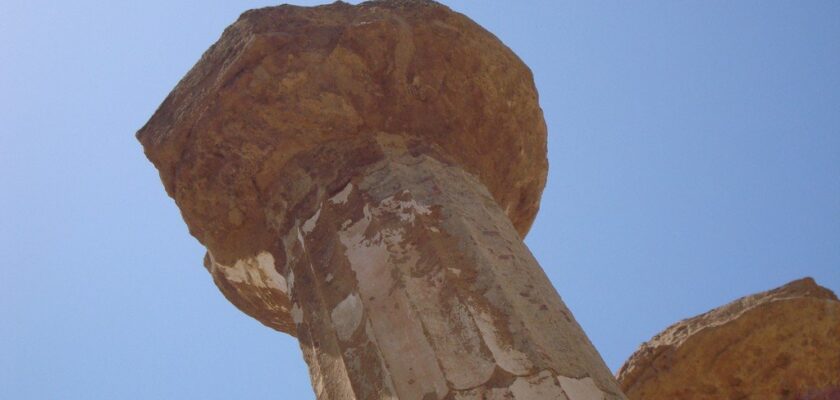Valley of the Temples of Agrigento
The Valley of the Temples of Agrigento is a huge archaeological park with ancient Greek temples and other architectural monuments. The Valley of the Temples is located south of the fortified city (acropolis), which nowadays corresponds to the historic center of Agrigento. The city experienced a rapid development after the victory over the Carthaginians and despite the fact that there were constant conflicts with Syracuse, another Greek city in Sicily. All these temples testify to the greatness of the city and its prosperity.
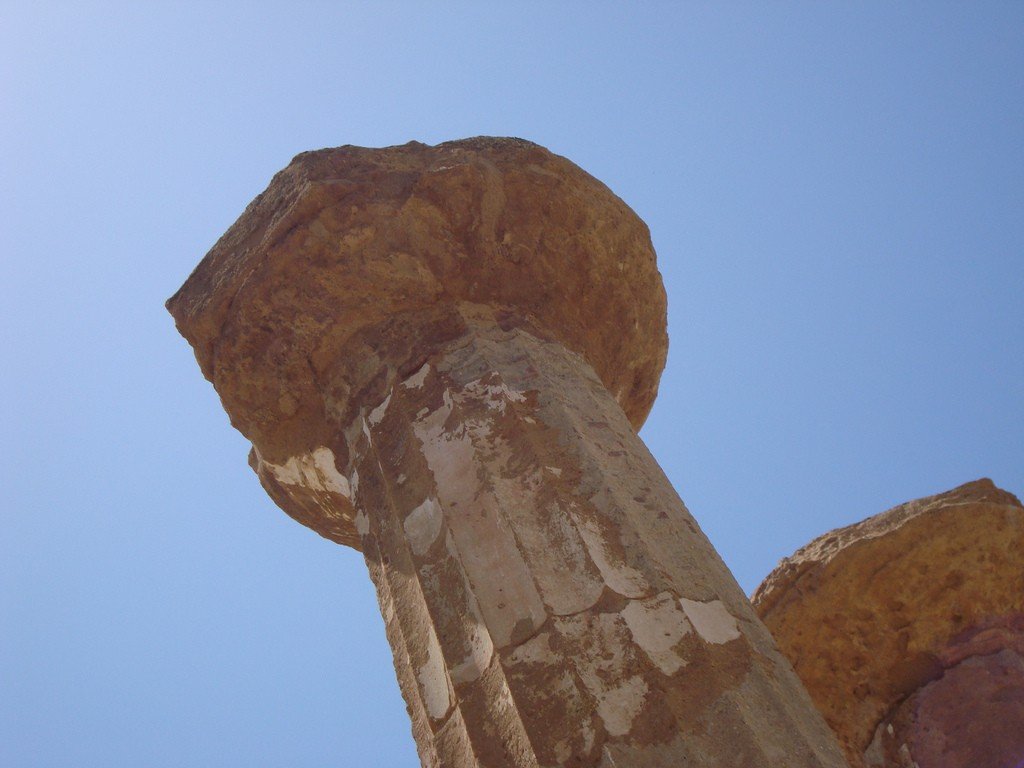
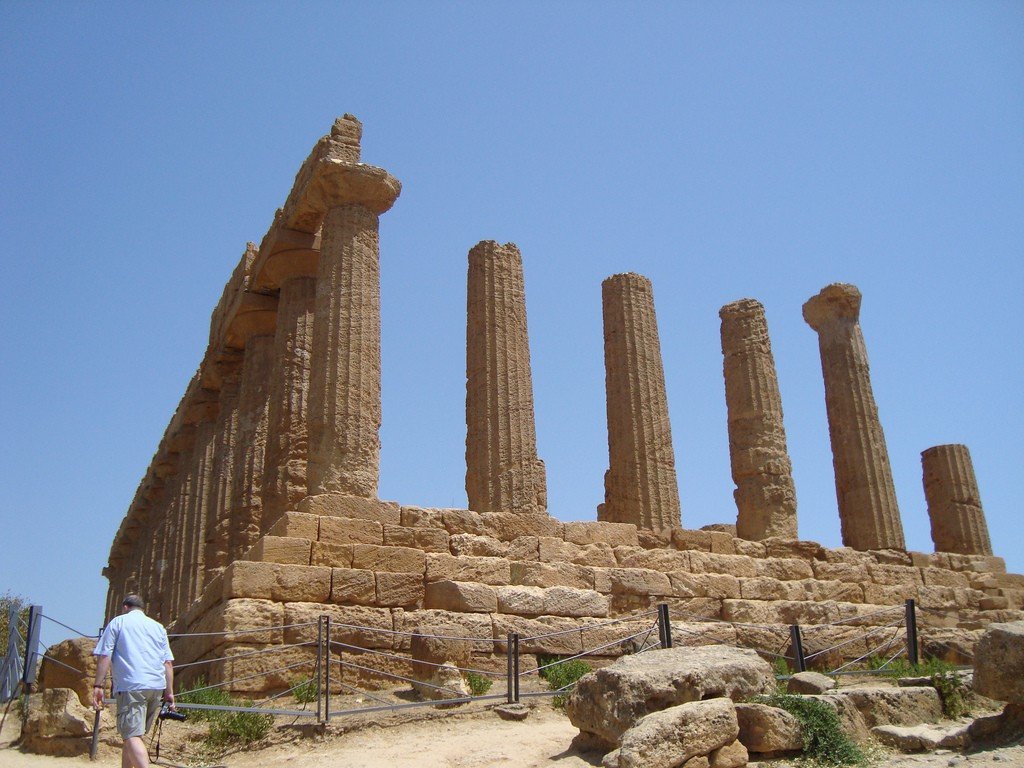
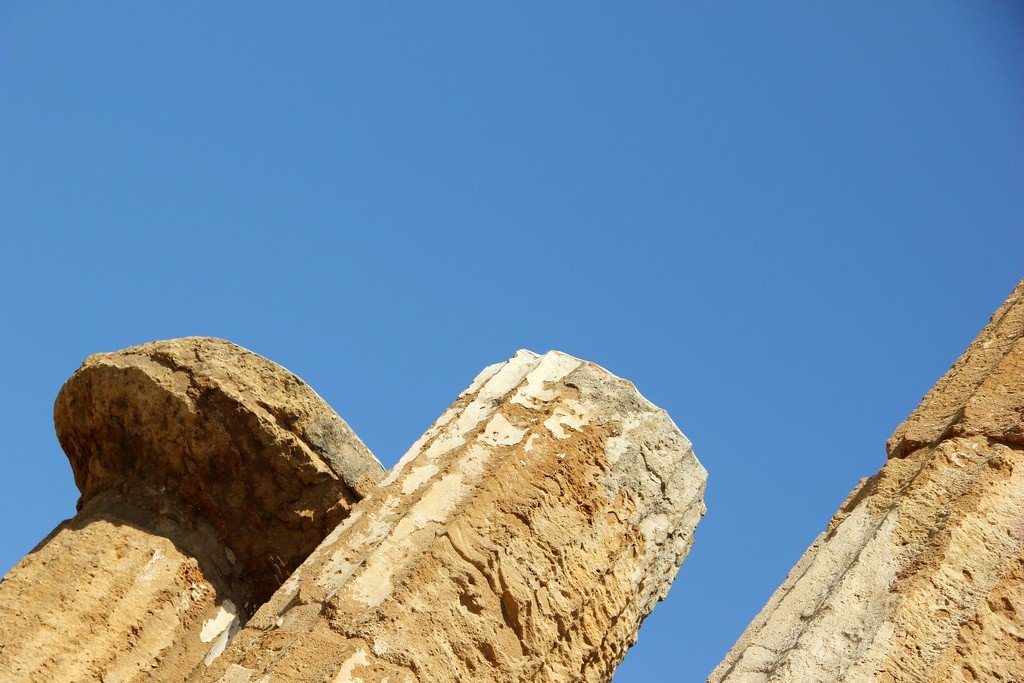
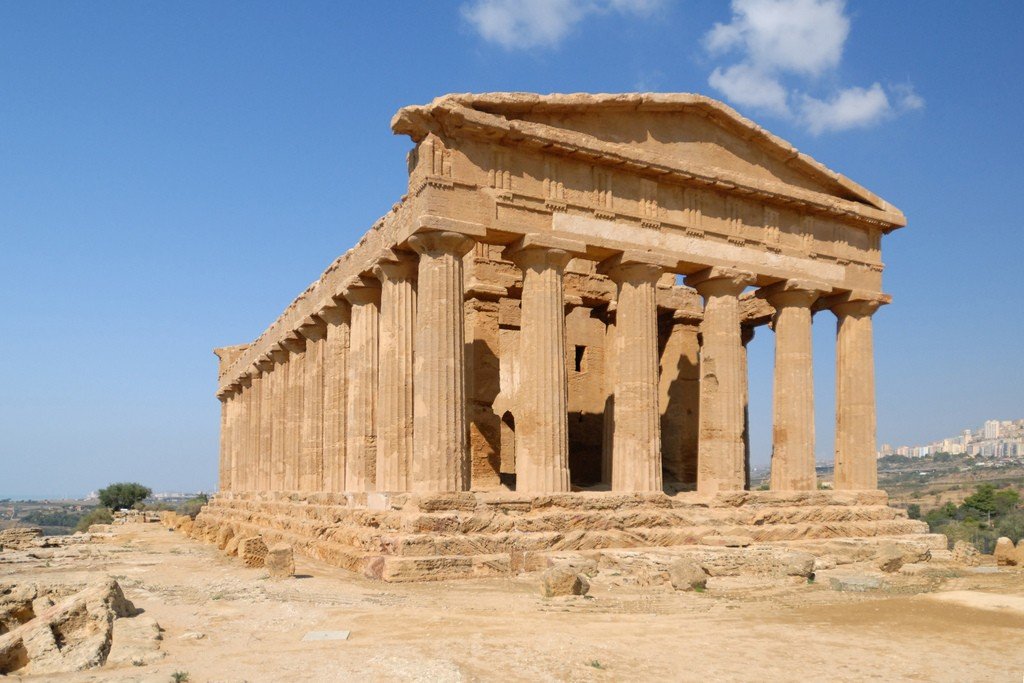
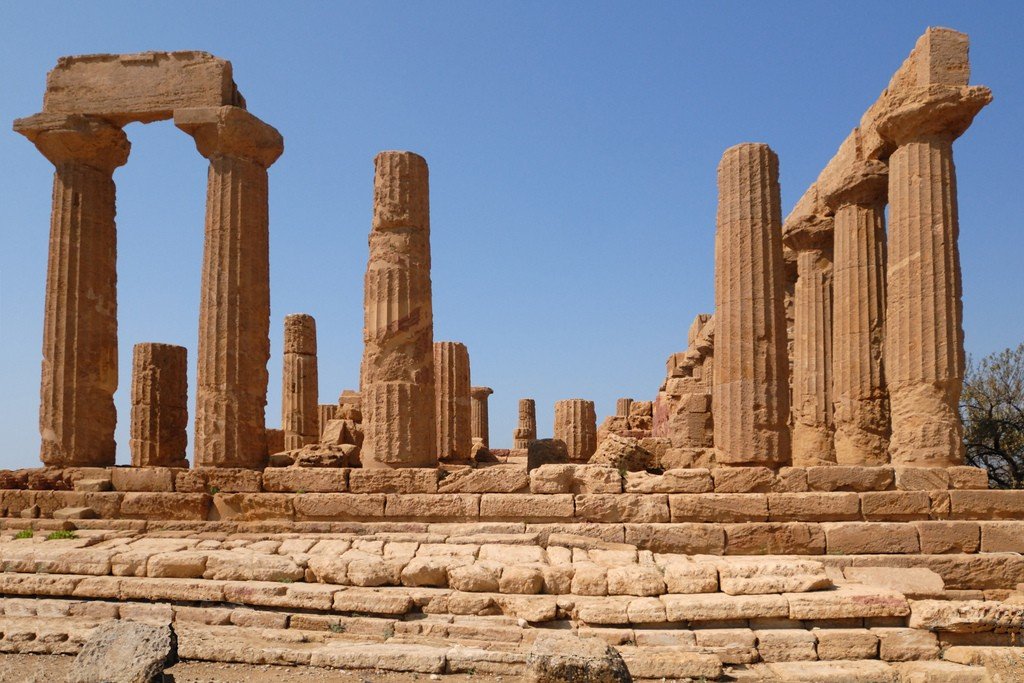
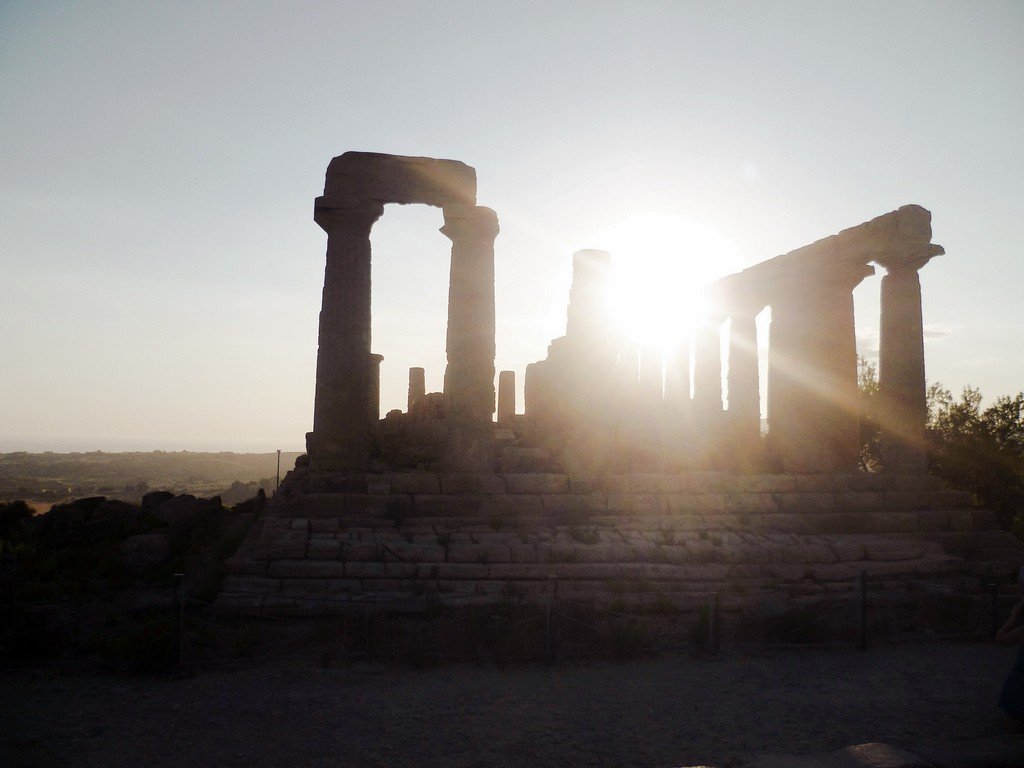
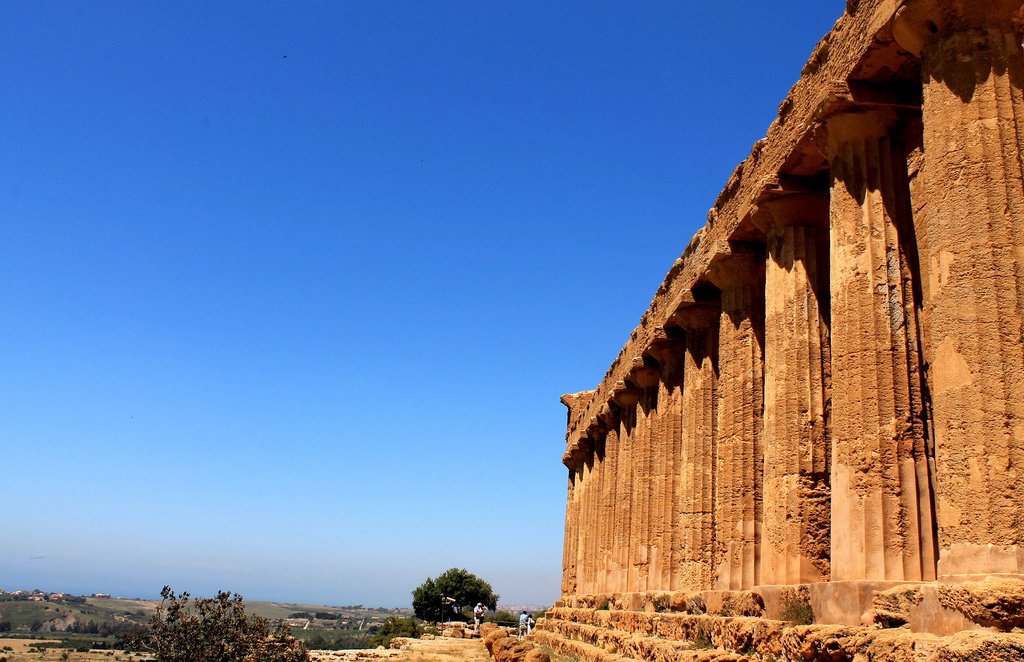
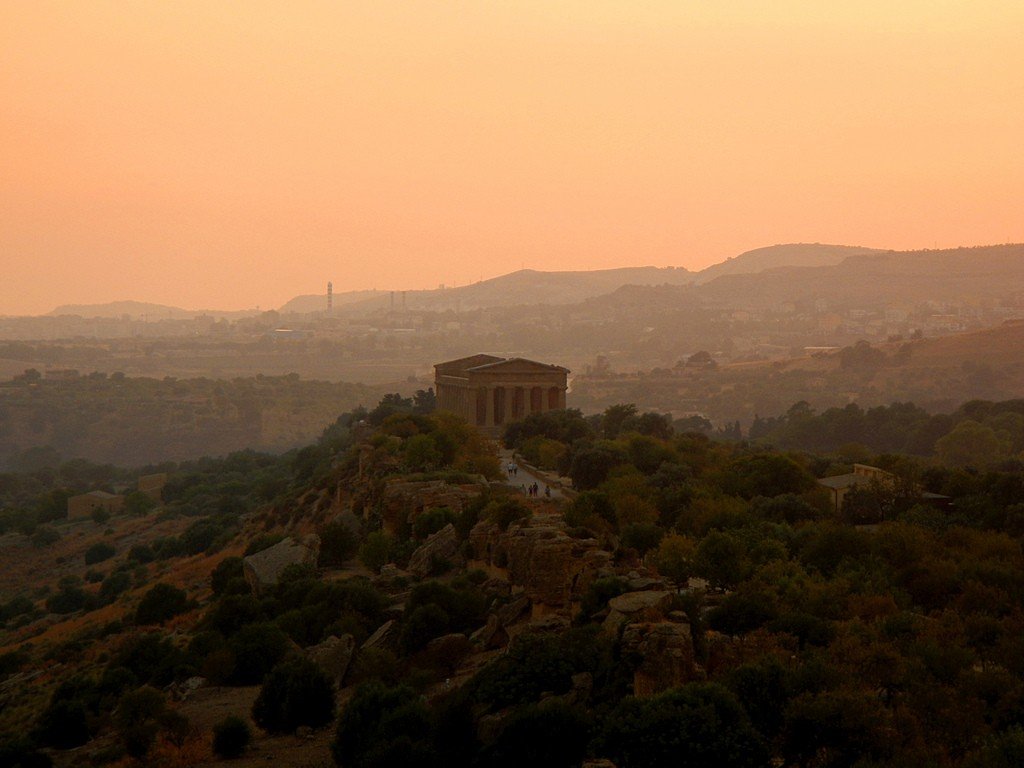
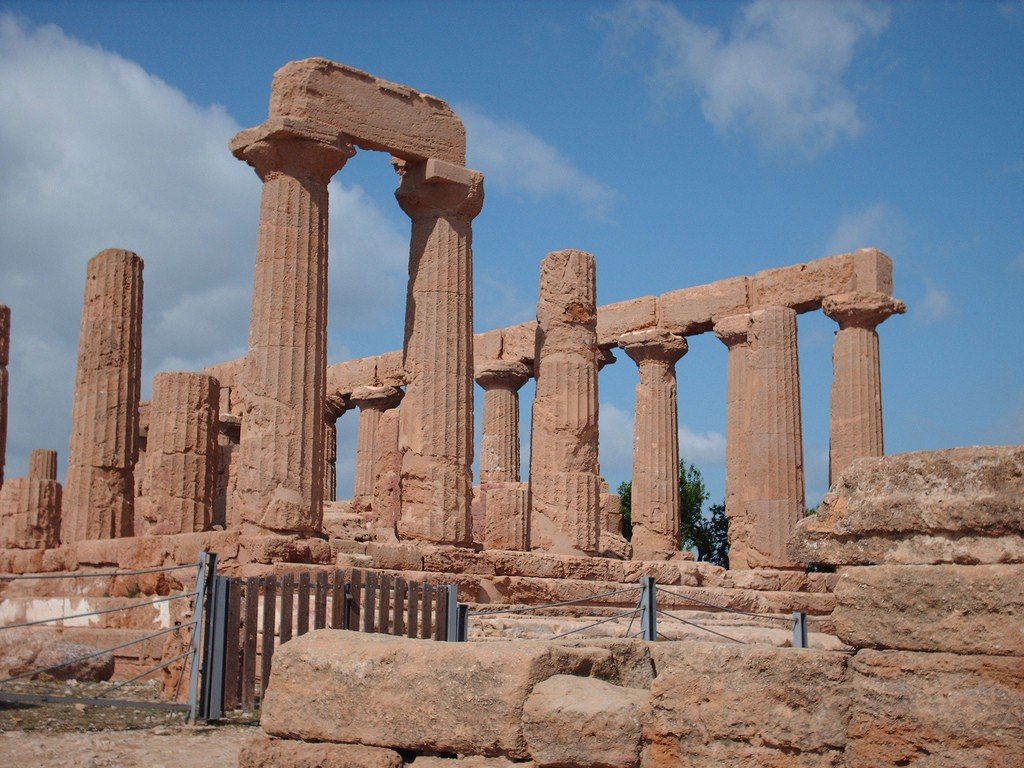
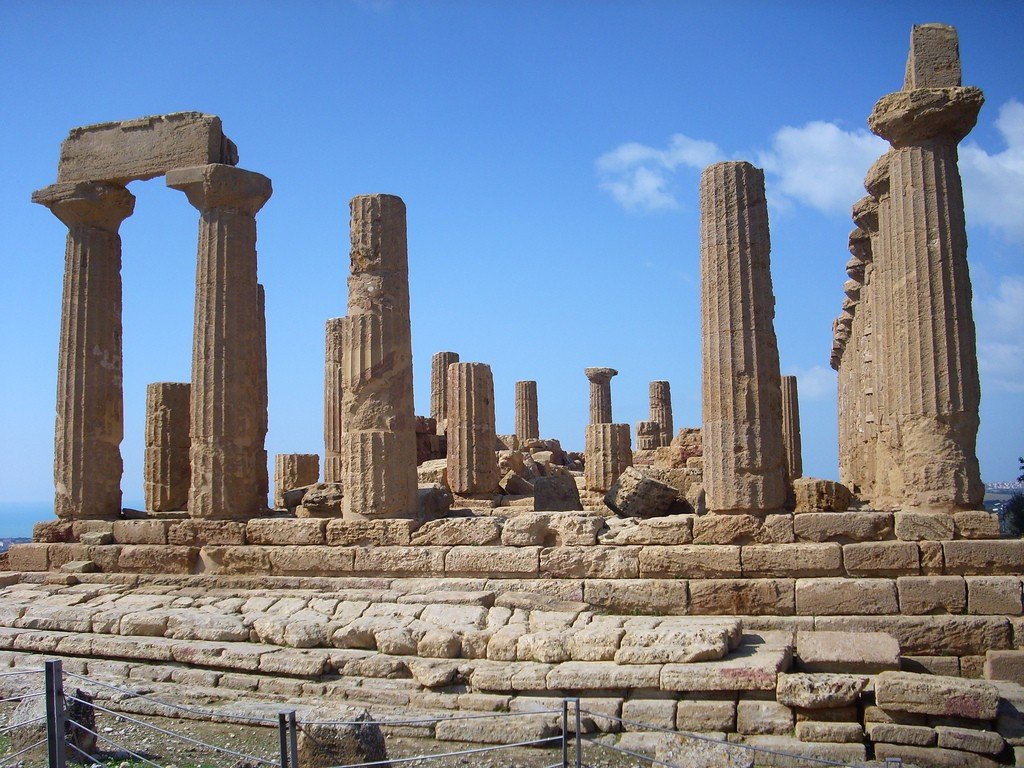
General information
Near the southern city walls, attached to natural rock “fortifications”, is a group of temples which, like all the cult buildings of Akragas, were decorated with Doric order. The first sanctuary, called the Temple of Heracles, dates from about 500 BC. Its eight columns rise amidst the impressive ruins. Further on, the road leads past Villa Aurea, where the ruins of a necropolis from the Roman and Christian periods still lie in a lushly sprawling garden. From here you can see the Temple of Concordia, built around 425 BC. It is now considered one of the best preserved temples in the Greek world. It owes its good condition to the fact that it was turned into a church in the 6th century and was only restored in the 18th century. The temple of Hera Lakinin (or Roman Juno Latsinnia), located above, has the same size foundation as the temple of Concordia. It was built in the mid-5th century BC, and its twenty-five columns have stood the test of time.
.
The second group of temples is to the west of the road. The temple of Zeus the Olympian today is a huge mass of ruins, consisting of stone blocks and drums of columns, earthquake scattered on the surface of more than 6 thousand square meters. meters. It was erected in 480 BC as a monument in honor of victory and according to the plan of the creators should have surpassed the temple of Selinunta, but the construction remained unfinished after the sacking of Akragas Carthaginians. Its foundations occupy a rectangular area measuring more than 56 x 113 meters. The columns were evidently over 18 m high and the lower diameter was 4 m. Goethe recorded during his travels in Italy in 1787: “As for the cannelures of the columns, you can get an idea of them if you know that I stood in one of them as in a small niche, pressing against the column with both shoulders. To encircle such a column, twenty-two men must stand in a circle, holding hands.” Between the columns are very expressive statues of Atlanteans 7.65 meters high. To the west of Olympion is located sanctuary of chthonic deities Santuario-delle Divinita-Ktonie, dating back to VI-V centuries BC. It includes the so-called temple of Dioscurus, the temple of Castor and Pollux, its restored northwest corner with four columns, part of the ceiling and pediment became a symbol of Agrigento. In the neighborhood stood the temple of Vulcan (430 BC), of which the remains of the foundation and two columns remain.
.